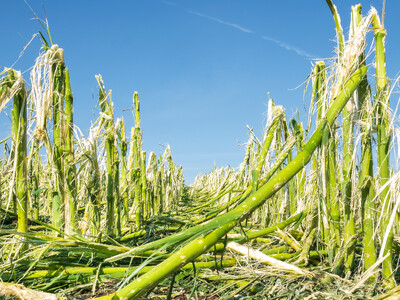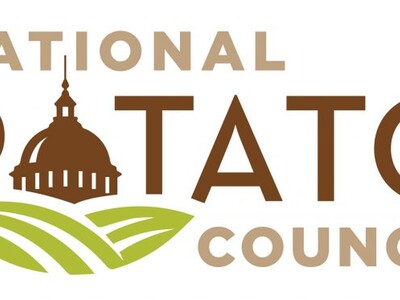Equine Herpes Virus Symptoms
Equine Herpes Virus SymptomsNeuropathogenic equine herpes is incredibly contagious
EHM is caused by a neuropathogenic strain of equine herpes virus infection and results in neurological symptoms.
Dr. Scott Leibsle explains...
Symptoms frequently associated with EHM infection in horses include a fever greater than 101.5 F, incoordination, hindquarter weakness, lethargy, incontinence and diminished tail tone. The virus is easily spread by airborne transmission, horse-to-horse contact and contact with nasal secretions on tack, feed and other surfaces. People can spread the virus to horses through contaminated hands, clothing, shoes and vehicles. There is no licensed equine vaccine to protect against EHM.
“We encourage owners to contact their veterinarian immediately if they observe any symptoms of illness in their horses,” said Dr. Bill Barton, ISDA State Veterinarian. EHM/EHV is a Notifiable Disease to the State Veterinarian in Idaho. Anyone suspecting or confirming a case of EHM/EHV should call (208) 332-8560 to report cases.
At this time, the decision to cancel upcoming equine events and competitions remains with the event coordinators at each host facility. ISDA urges horse owners to avoid transporting their horses unless absolutely necessary.
Horses that may have been exposed to EHV often take several days to demonstrate clinical illness and run the risk of shedding the virus undetected. Exposed horses that travel to shows or exhibitions could expose other horses before disease containment can be implemented.
ISDA urges horse owners to incorporate preventative biosecurity measures while transporting or boarding horses at facilities with regular traffic on and off the grounds and especially where horses are likely to come in contact with new horses such as at a racetrack, rodeo or fairgrounds. Several preventative biosecurity measures are important in minimizing a horse’s risk of contracting the virus:
· Disinfect stalls before use,
· Never share water or feed buckets and tack or grooming equipment,
· Avoid unnecessary contact with other horses.
Additionally, people who work at multiple equine facilities should practice biosecurity measures by washing hands and changing footwear and clothing before entering each facility.













